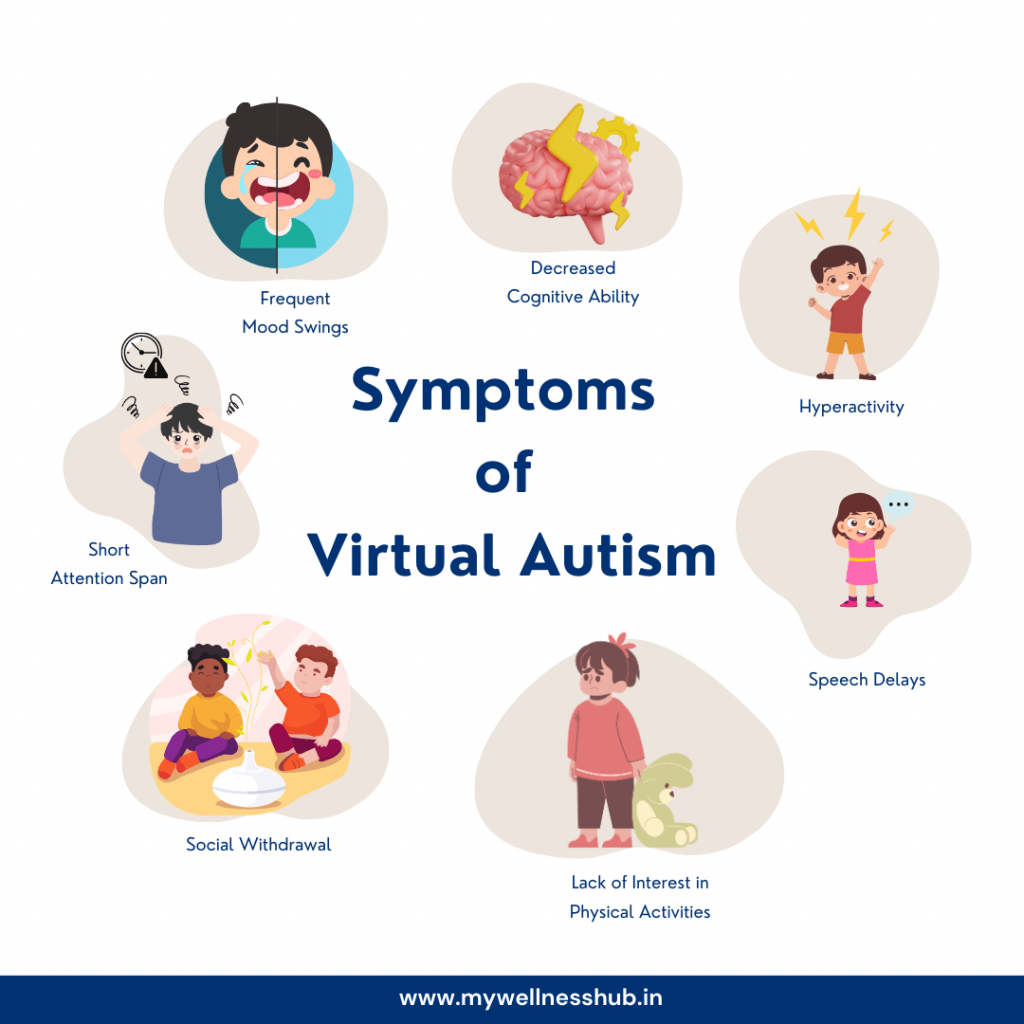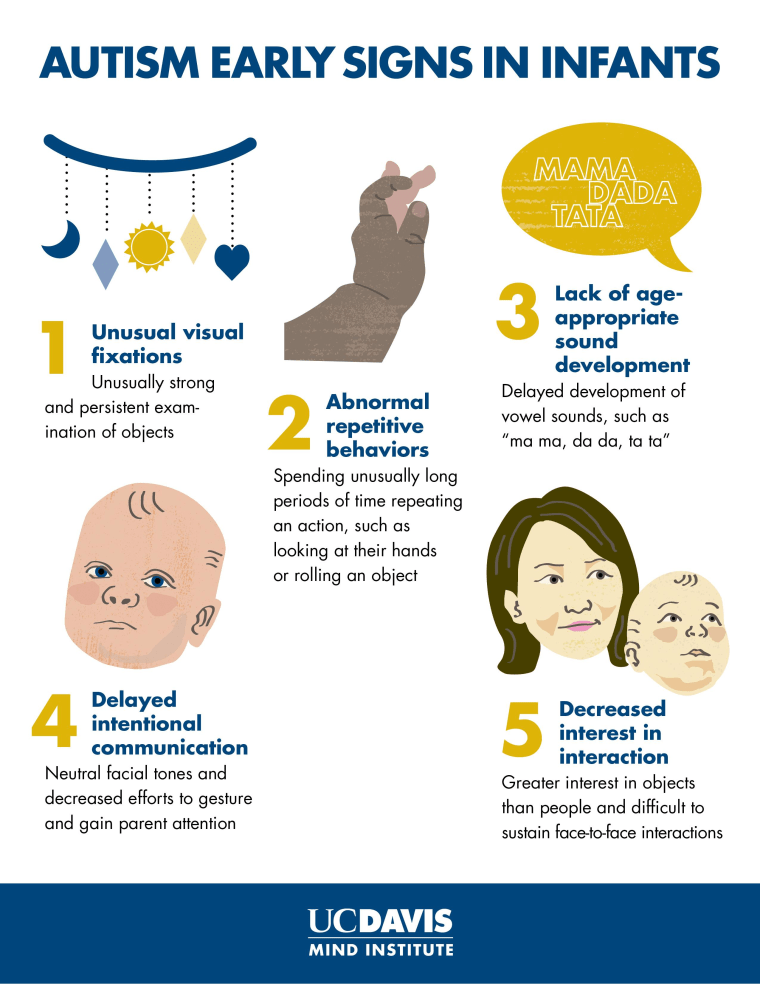Comprehending the Impact of Behavioral Autism on Every Day Life and Social Interactions
You might not realize exactly how deeply behavior autism affects daily life and social communications. Individuals on the range usually browse a globe loaded with communication hurdles and sensory overload. These difficulties can bring about disappointment and isolation, influencing their connections and total health. Understanding these subtleties is essential for promoting encouraging atmospheres. What methods can we apply to create more comprehensive spaces and significant connections? The solutions could surprise you.
Specifying Behavior Autism and Its Attributes
Behavior autism, often described as autism range problem (ASD), includes a variety of problems defined by challenges in social interaction, communication, and repetitive habits. You could notice that people with ASD often battle to interpret social hints, which can result in misconceptions in conversations. They might locate it hard to develop eye get in touch with or involve in tiny talk, making social circumstances really feel frustrating.
Communication difficulties can show up in various means, from postponed speech development to a preference for utilizing fewer words. By acknowledging these attributes, you can foster a setting that promotes acceptance and urges reliable communication, helping people with autism flourish in their daily interactions.
The Range of Autism: Comprehending Irregularity in Behavior
Autism spectrum problem (ASD) isn't a one-size-fits-all diagnosis; it differs commonly among people. You could see that some individuals with ASD exhibit moderate signs, while others might deal with much more significant difficulties. This irregularity can materialize in habits, interests, and sensory sensitivities. You may come across people that are highly spoken and involve conveniently in discussions, while others may like solitary tasks or connect non-verbally.
Additionally, the way individuals with ASD react to sensory input can differ greatly; some may be bewildered by loud noises or brilliant lights, whereas others thrive in boosting environments. The spectrum additionally consists of distinctions in social interactions; some individuals may battle to analyze social cues, while others browse social setups with family member ease. Understanding this irregularity is crucial, as it assists you value everyone's distinct experience and dressmaker support to their details demands, promoting a more comprehensive environment for every person.
Interaction Obstacles Encountered by Individuals With Autism
When you connect with individuals on the autism range, you may discover their unique interaction challenges. They usually encounter difficulties with both nonverbal and spoken cues, which can affect their social communications. Understanding these obstacles is vital for promoting better links and assistance.

Verbal Communication Troubles
Several people on the autism spectrum experience spoken communication troubles that can substantially influence their daily communications. Your quantity, tone, or rate might not line up with social assumptions, triggering others to misinterpret your intents. Identifying these obstacles can assist you and your assistance network create strategies to boost interaction and cultivate much better links with others in your daily life.
Nonverbal Communication Obstacles
Verbal interaction isn't the only difficulty people on the autism range face; nonverbal interaction obstacles can be equally as significant. You may locate it hard to interpret body language, facial expressions, and eye contact, which are important for effective interaction. These obstacles can cause misconceptions or misconceptions of social cues, making interactions feel overwhelming or complicated. You may struggle to reveal your own feelings via nonverbal means, leaving others not sure of your sensations or objectives. This detach can develop feelings of isolation and stress. Recognizing these barriers is essential for cultivating understanding and compassion in your communications. By attending to nonverbal communication, you can locate strategies to enhance your social experiences and enhance your total lifestyle.
Social Interaction Effects
Social communications can often feel overwhelming due to the special communication difficulties dealt with by people with autism. You may fight with analyzing social hints, making it difficult to comprehend sarcasm or body movement. This can cause misconceptions or uncomfortable moments in discussions. Additionally, launching and maintaining discussions may feel difficult, creating anxiety in social scenarios. You may favor organized environments, making spontaneous communications uncomfortable. It's also typical to experience problem in taking part in little talk, which can hinder creating brand-new friendships. Acknowledging these obstacles can assist you find techniques to improve communication, such as practicing social abilities in safe setups or using aesthetic help - Autism Spectrum Therapies. Comprehending your requirements permits you to navigate social communications with greater confidence and simplicity.
Social Interaction and Connection Building in Autism
While building relationships can be challenging for individuals with autism, comprehending their special viewpoints and interaction designs can cultivate meaningful links. You may notice that lots of people on the range like straight interaction and may battle with social cues or small talk. By being uncomplicated in your interactions, you can assist create a setting where they feel comfy.
Make the effort to listen and observe just how they express themselves. This insight can lead you in steering discussions better. Taking part in shared passions can also work as a bridge to deeper links. Whether it's a leisure activity, a favored show, or a mutual passion, these typical threads can open doors to friendship.
Daily Life Routine: Navigating Approaches and challenges
Navigating daily life routines can be particularly testing for people with autism, specifically when unanticipated changes happen. To navigate these challenges, think about carrying out aesthetic schedules or lists.
Developing a routine that includes sensory breaks can also be valuable. This aids create an understanding setting.
Finally, technique mindfulness strategies to manage stress and anxiety and anxiety. Easy breathing exercises or basing strategies can make a significant distinction. By integrating these strategies, you can improve your daily routine and minimize interruptions, making life really feel extra manageable.
Strengths and Abilities of Individuals on the Autism Range
Understanding day-to-day live routines is just one aspect of the autism experience. Numerous individuals on the autism spectrum have you can try this out amazing toughness and capabilities that establish them apart. You could locate that your focus to detail is remarkable, allowing you to succeed in jobs that call for accuracy and focus. Your ability to believe outside package can cause cutting-edge options in different scenarios.
Moreover, your memory skills often beam, specifically in locations of passion. Autism Therapist. This propensity for maintaining info can make you a useful resource in fields like scientific research, technology, or art. You might additionally exhibit solid aesthetic thinking, enabling you to visualize complex principles and solve issues creatively
Additionally, your special point of view on the world can promote compassion and understanding in others, enriching social communications. Embracing these staminas not only enhances your confidence yet additionally assists others appreciate the varied abilities you give the table.
Producing Inclusive Environments for People With Autism
Producing comprehensive settings for individuals with autism begins with making sensory-friendly rooms that satisfy their one-of-a-kind needs. You can also cultivate chances for social communication, helping to develop relationships and links. By making these changes, you'll add to a more welcoming environment for everybody.
Creating Sensory-Friendly Spaces
While developing sensory-friendly areas, it's vital to show on the special requirements of people with autism. Integrate silent areas where people can retreat and charge when overwhelmed. Include visual schedules or clear signage to help people browse the space confidently.
Promoting Social Interaction Opportunities
Designing sensory-friendly rooms not just addresses individual convenience but likewise sets the phase for significant social interactions among people with autism. To promote these communications, develop inclusive environments that invite participation. Organize structured tasks, like art classes or group games, that encourage partnership without overwhelming sensory input. Use aesthetic help and clear communication to assist every person involve easily. Encourage peer mentoring, combining people with autism with supportive peers who can lead them with social scenarios. Furthermore, take into consideration organizing normal area occasions that commemorate neurodiversity, fostering acceptance and understanding amongst all participants. By implementing these methods, you can boost social possibilities, helping people with autism build friendships and enhance their social skills in a safe, welcoming setting.

Often Asked Concerns
Exactly How Can Pals Assistance Someone With Behavioral Autism?
You can support a close friend with behavioral autism by being patient, paying attention proactively, and appreciating their boundaries. Involve in activities they appreciate, communicate openly, and create a comfortable atmosphere where they feel valued and understood.
What Resources Are Offered for Moms And Dads of Kid With Autism?
You can check out various sources for moms and dads of children with autism, consisting of support groups, educational web sites, and regional social work. Connecting with other parents can likewise give useful understandings find here and shared experiences to aid navigate challenges.
Can Behavioral Autism Adjustment In Time?

Yes, behavior autism can alter with time. You might observe shifts in communication, social abilities, and habits as your child expands. Early treatment and assistance frequently play important duties in these developing adjustments.
How Do Sensory Level Of Sensitivities Impact Life?
Sensory level of sensitivities can make day-to-day experiences frustrating. You may have problem with loud sounds or intense lights, leading to anxiety or avoidance. Finding environments that suit your needs can substantially enhance your comfort and general day-to-day live.
What Prevail Misconceptions About Behavioral Autism?
You might assume behavior autism just impacts communication abilities, but it's even more complicated. Lots of think people do not have empathy or knowledge, which isn't true. Recognizing these misunderstandings aids foster approval and support for those on the spectrum.
Behavioral autism, usually referred to as autism spectrum disorder (ASD), incorporates an array of problems defined by obstacles in social interaction, communication, and recurring behaviors.Social interactions can commonly feel frustrating due to the special communication obstacles encountered by individuals with autism.Designing sensory-friendly rooms not only addresses private convenience however likewise sets advice the phase for purposeful social communications among people with autism. Urge peer mentoring, pairing people with autism with supportive peers who can lead them via social scenarios. By applying these approaches, you can boost social chances, aiding people with autism build relationships and reinforce their social abilities in a risk-free, inviting environment.